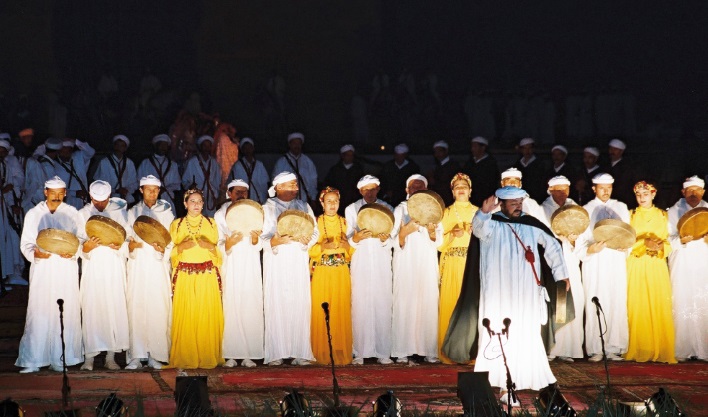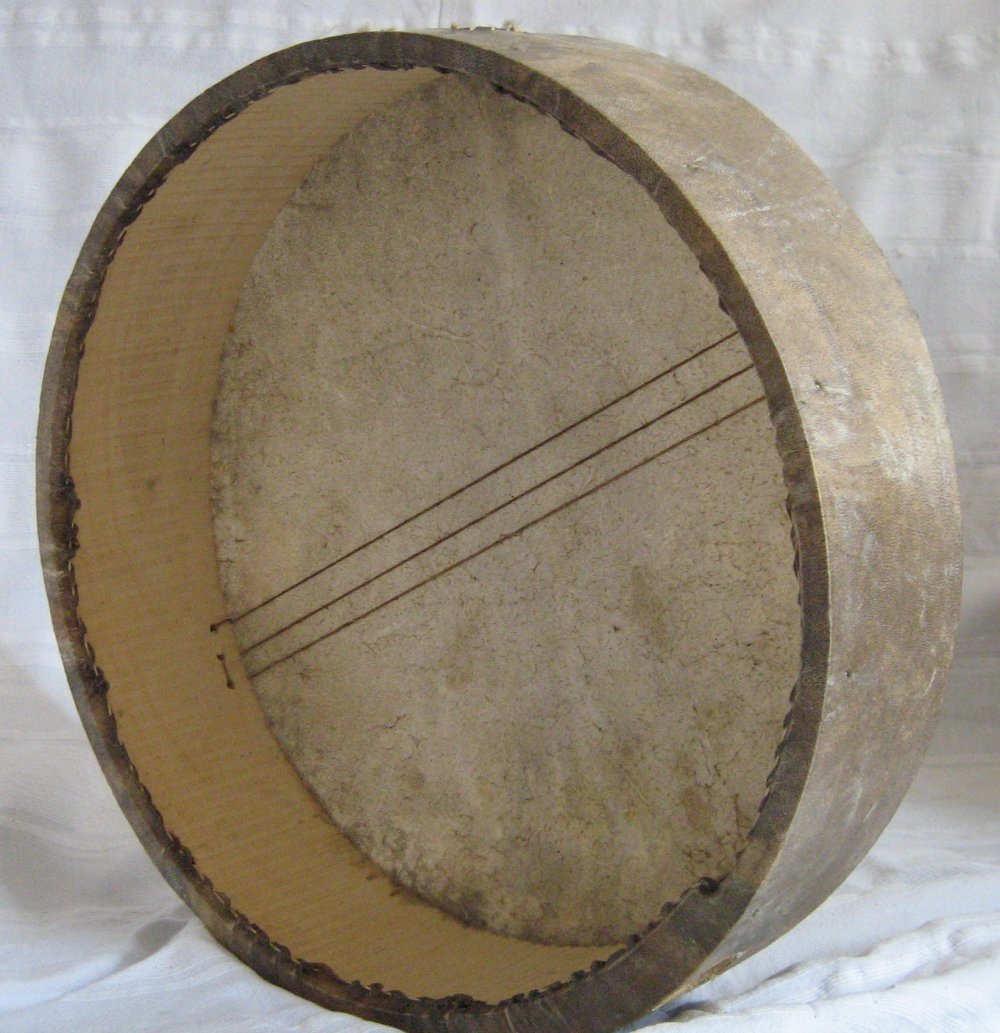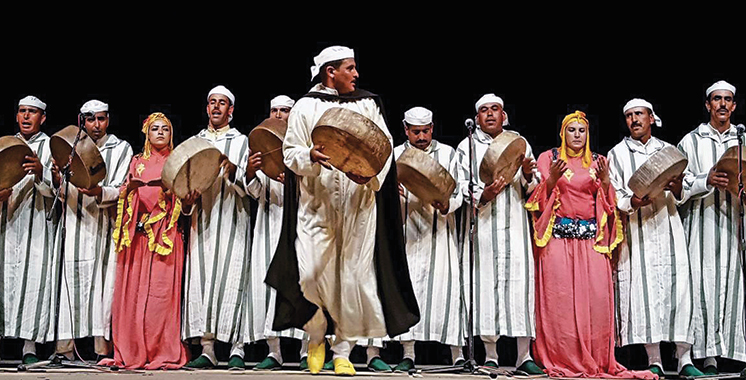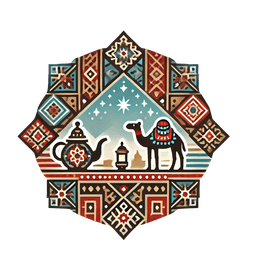- Published on
The Rhythmic Unity of Ahidous in Morocco
- Authors

- Name
- Adil ABBADI
Introduction
Ahidous is a captivating traditional Amazigh music and dance form, originating from the Middle Atlas region of Morocco. This collective art form brings together both men and women, who perform synchronized movements to the rhythm of hand drums and poetic songs. Ahidous is more than just a dance—it's a celebration of community, nature, and cultural identity, representing the Amazigh people's deep-rooted connection to their land and traditions.
- What is Ahidous?
- A Brief History of Ahidous
- The Elements of Ahidous
- Ahidous and Amazigh Culture
- Ahidous in Modern Morocco
- Conclusion
- Dance to the Rhythm of Ahidous
What is Ahidous?
Ahidous is a traditional Amazigh (Berber) performance that combines both music and dance. It is usually performed during festive occasions such as weddings, harvests, and religious festivals. The performers, arranged in a circular or semi-circular formation, move in harmony with the beats of the bendir (frame drum) while singing poetic verses in the Tamazight language. The chants often reflect themes of love, nature, and communal life.
The beauty of Ahidous lies in its simplicity and the sense of unity it fosters among the participants, as they sway in unison to the rhythm of the drums and the harmony of their voices.

A Brief History of Ahidous
The origins of Ahidous are ancient, with roots in the pre-Islamic traditions of Morocco’s indigenous Amazigh people. For centuries, this communal dance has been a way for Amazigh communities to celebrate key moments in their agricultural calendar and social life. Ahidous reflects the deep connection between the Amazigh people and their natural surroundings, as the dance and songs are often inspired by the rhythms of the earth, the changing of the seasons, and the cycles of life.
Throughout the centuries, Ahidous has remained an important cultural symbol of the Amazigh identity, particularly in the Middle Atlas region, where it continues to be performed with great pride during local festivals and cultural events.
The Elements of Ahidous
The Ahidous performance consists of two key components: music and dance. Each aspect plays a vital role in creating the mesmerizing spectacle that defines Ahidous.
- The Dance: The dancers form a tight circle, their hands often linked or placed on each other’s shoulders, moving in synchronized steps. The rhythm is slow and deliberate, allowing the dancers to sway gracefully as one, creating a hypnotic visual effect.
- The Music: Ahidous music is characterized by the use of the bendir (a large frame drum) and vocal chants. The rhythm of the bendir sets the pace for the dance, while the vocalists take turns reciting poetic verses, known as izlan, which are often improvised and revolve around themes of love, nature, or community.
The harmony between the music and the dance creates a sense of togetherness, as the performers move and sing in unison, reflecting the collective spirit of the Amazigh culture.

Ahidous and Amazigh Culture
Ahidous is more than just a performance—it is an expression of Amazigh culture and identity. The Amazigh people have long used Ahidous as a way to bring their community together, fostering a sense of solidarity and shared heritage. The chants and poems sung during Ahidous performances often reflect the values and beliefs of the Amazigh people, including respect for nature, love for their homeland, and the importance of family and community.
Ahidous also serves as a medium for passing down oral traditions, as many of the poems recited during performances have been passed down through generations. In this way, Ahidous plays an important role in preserving the language and traditions of the Amazigh people.
Ahidous in Modern Morocco
While Ahidous remains deeply rooted in rural areas, particularly in the Middle Atlas, it has also gained recognition in urban Morocco and beyond. Today, Ahidous is performed at cultural festivals and national celebrations, serving as a symbol of Morocco’s rich multicultural heritage. Events like the Tafilalet Festival and the Imilchil Moussem often feature Ahidous performances, attracting visitors from across the country and abroad.
Moreover, efforts to preserve and promote Amazigh culture have led to the inclusion of Ahidous in modern celebrations of Moroccan identity. The dance continues to inspire contemporary artists and musicians, who draw from its rhythms and themes to create new interpretations of this timeless art form.

Conclusion
Ahidous is a profound expression of Amazigh identity, combining music, poetry, and dance to create a performance that is both captivating and deeply meaningful. Through its rhythmic unity, Ahidous fosters a sense of community and cultural pride, connecting the Amazigh people to their ancient traditions and natural surroundings. Whether performed in a rural village or at a national festival, Ahidous remains a cherished part of Morocco’s cultural landscape.
Dance to the Rhythm of Ahidous
To experience the beauty and spirit of Ahidous, witnessing a live performance in the Middle Atlas or at a Moroccan festival is a must. It’s a unique opportunity to immerse yourself in the rich traditions of the Amazigh people and celebrate the unity and joy that define this traditional dance.
